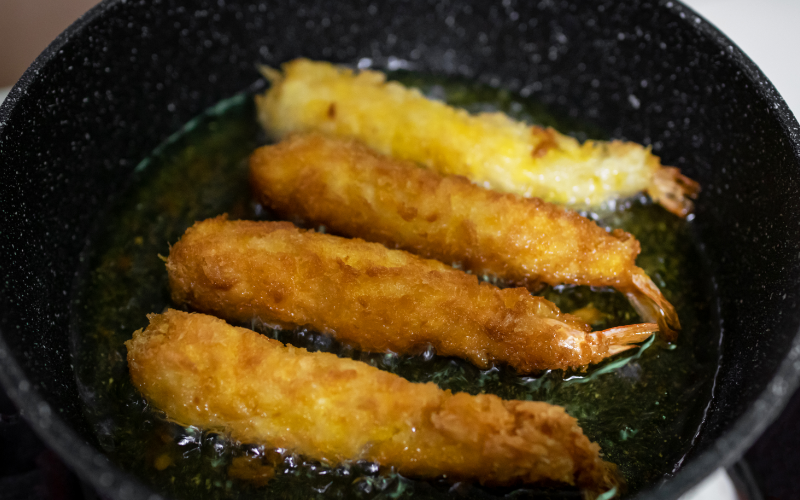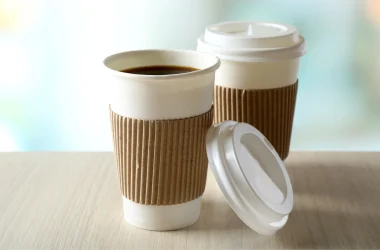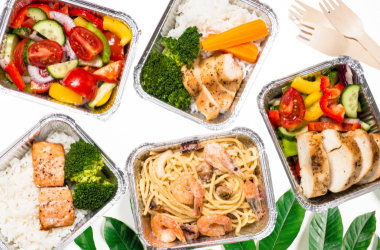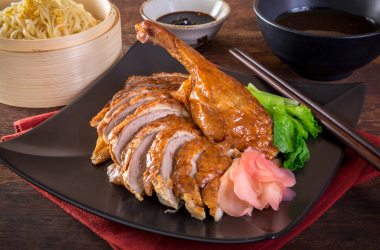Unbleached flour and specialised flour blends are gaining popularity among amateur bakers and professional culinary experts. These ingredients present unique benefits, such as enhanced flavour, improved texture, and various health advantages, making them suitable for chocolate chip cookies and tempura.
Gaining insight into using unbleached flour and flour blends in these dishes can significantly enhance your baking and cooking outcomes, whether you are exploring in the comfort of your home kitchen or managing a commercial kitchen.
Discover a comprehensive overview of how to effectively incorporate these ingredients into your tempura recipe and chocolate chip cookie recipes.
Understanding Unbleached Flour and Flour Mixes
Unbleached flour has not undergone the chemical bleaching process typically used to whiten and soften the flour. This flour type retains more of its natural flavour and nutritional content, including higher levels of fibre and essential minerals. It’s also less processed, making it a preferred choice for those looking to avoid additives in their baking.
Flour mixes, on the other hand, are pre-blended combinations of different flours, often designed to achieve specific textures or flavours in baked goods. These mixes can include blends of unbleached flour with other ingredients like whole wheat flour, almond flour, or even gluten-free alternatives, making them versatile for various recipes.
Using Unbleached Flour in Chocolate Chip Cookies
Using unbleached flour can significantly impact chocolate chip cookies. Traditional chocolate chip cookie recipes typically call for all-purpose bleached flour, but substituting unbleached flour will give your cookies a denser texture and richer flavour. The slightly higher protein content in unbleached flour contributes to a chewier cookie, while its natural, robust flavour pairs well with the sweetness of the chocolate chips.
To use unbleached flour in chocolate chip cookie recipes, replace the bleached flour in a 1:1 ratio. However, it’s important to note that unbleached flour absorbs more liquid than bleached flour, so you may need to adjust the amount of liquid in your recipe slightly. This adjustment might involve adding extra butter or an additional egg yolk to maintain the dough’s consistency. Additionally, because unbleached flour tends to brown more quickly, you may need to reduce the baking time by a few minutes to prevent over-browning.
Incorporating Flour Mixes in Chocolate Chip Cookies
Flour mixes can be an excellent way to introduce new textures and flavours to your chocolate chip cookies. For example, a mix of unbleached flour and whole wheat flour can add a nutty flavour and hearty texture to your cookies, while an almond flour mix can provide a subtly sweet and moist result. Bakery suppliers often offer a variety of pre-mixed flours that can be used as a direct substitute for all-purpose flour in your recipes.
When using a flour mix, it’s essential to follow the specific guidelines provided by the bakery suppliers. Some flour mixes may require more liquid or additional binding agents like eggs to achieve the desired consistency. Also, because flour mixes can vary significantly in their gluten content, the structure of your cookies may differ from what you’re used to. It’s often a good idea to bake a small test batch first to see how the dough behaves and to make any necessary adjustments.
Using Unbleached Flour and Flour Mixes in Tempura
Tempura is a Japanese dish that relies heavily on the batter’s light and crispy texture, typically achieved using flour with a lower protein content. While traditional tempura recipes use bleached cake flour, unbleached flour can also be used to create a tempura batter with a slightly different texture and flavour profile. The higher protein content in unbleached flour will result in a batter that is a bit heavier and more substantial, but still crisp when fried correctly.
Keeping the batter cold and avoiding over-mixing is necessary when making tempura using unbleached flour, as this can develop the gluten and lead to a dense coating. Instead of mixing the batter until smooth, it’s better to leave it slightly lumpy, which will help maintain the desired lightness. If you prefer a lighter batter, you can mix unbleached flour with low-protein flour like rice flour or cornstarch, which many bakery suppliers offer as part of their flour mixes. This combination will help achieve a balance between crispiness and texture.
Conclusion
Using unbleached flour and various flour blends in your chocolate chip cookies and tempura recipes can enhance the flavours and textures, distinguishing your culinary creations. Whether you are an amateur baker or a seasoned chef, it is critical to comprehend the effective use of these ingredients to attain optimal outcomes. Always consider the unique characteristics of unbleached flour and the makeup of flour blends when modifying your recipes. You can guarantee consistency and quality in your baking and cooking pursuits by procuring premium ingredients from trusted bakery suppliers.
Visit Prima Flour to discover why our flour is the choice of discerning bakers and chefs everywhere.






